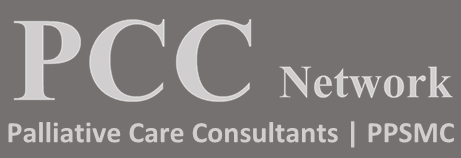Hypercalcemia
Definition
Serum calcium (corrected) greater than 2.65 mmol/L. 2
Formula
Corrected calcium = measured calcium mmol/L + [(40-serum albumin g/L) x 0.02] 3
Hypercalcemia is the most frequent metabolic emergency in oncology and occurs in 10% to 40% of cancer patients.3 Patients with multiple myeloma, squamous cell ca. of the lung, or breast cancer are most affected but can also occur with other malignancies.
The main pathogenesis in patients with solid tumors is caused by secretion of the parathyroid hormone related protein (PTHrP) which stimulates osteoclastic bone resorption. This explains the development of hypercalcemia in patients who do not have bone metastases. It also increases renal tubular resorption of calcium.1,2
Common clinical features can be general (e.g., dehydration, polyuria, polydipsia), gastrointestinal (e.g., nausea, vomiting, constipation, anorexia), or neurologic (e.g., fatigue, delirium, myopathy). In very severe cases, patients can experience seizures, coma, or cardiovascular collapse.3
Mild asymptomatic >2.8mmol/L
- monitor or consider increasing hydration by mouth, IV, or hypodermoclysis
Mild symptomatic >2.65 but <2.8mmol/L
- hydrate and repeat bloodwork in 24-36 hours.
- If symptoms have worsened, consider treatment with a bisphosphonate.
The three most used bisphosphonates are clodronate, pamidronate, zoledronic acid.
Moderate to severe symptomatic >2.8mmol/L
- hydration
- parenteral bisphosphonate (consider calcitonin if bisphosphonate contraindicated in significant
renal impairment)
Note:
- Steroids may be helpful in lymphomas and hematological illnesses
- Loop diuretics are no longer used in the treatment of hypercalcemia
Resources:
- Fraser Health. (2006, November 24). Hypercalcemia in malignant disease (palliative management). Hospice Palliative Care Program, Symptom Guidelines. https://www.fraserhealth.ca/-/media/Project/FraserHealth/FraserHealth/Health-Professionals/Professionals-Resources/Hospice-palliative-care/Sections-PDFs-for-FH-Aug31/9524-20-FH—Sym_Guide-Hypercalcemia.pdf?sc_lang=en
- Pallium Canada. (2018). Delirium. In The Pallium Palliative Pocketbook (Second edition, pp. 10-1-10-6). https://www.pallium.ca/mobile-app-pocketbook/
- Seccareccia D. (2010). Cancer-related hypercalcemia. Canadian Family Physician (Medecin de famille canadien), 56(3), 244–e92.
Download Tip of the Month
PDF – Hypercalcemia




